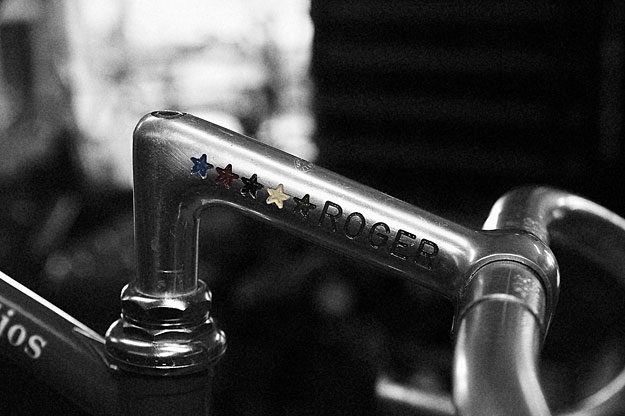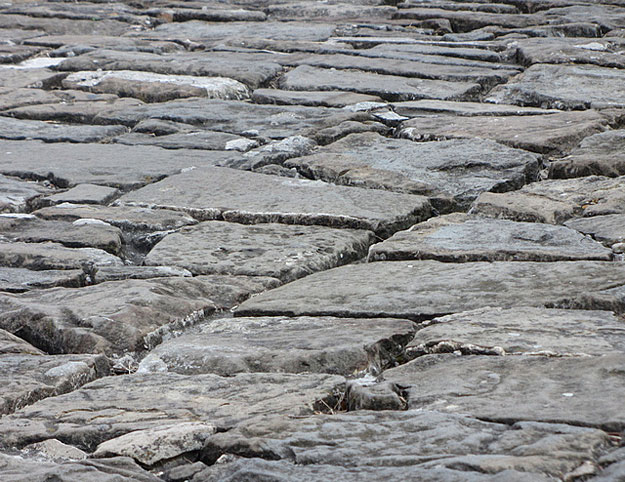
Presented here in collaboration with Rouleur Magazine is an excerpt from Issue 25, a photo essay by Paolo Ciaberta with words by Rohan Dubash, a professional bike mechanic and regular contributor.
We witness a coming together of two legends of classic cycling: Aldo Gios rebuilds the machine that carried Roger de Vlaeminck to victory in the 1977 edition of the Paris-Roubaix.


The Record side-pull brake callipers are no match for modern dual-pivot designs, but in De Vlaeminck’s day these were the best brakes money could buy. They were made from top quality alloys and featured an effective quick release mechanism, easy-to-use brake cable adjuster and wheel guides on the brake shoes to assist in rapid wheel changes.
A solitary chrome steel bottle cage together with an original Brooklyn team water bottle can also be seen. Hydration was still something that many riders simply did not understand and a single fitting was common on most pros’ bikes. Despite the lack of importance certain riders placed on regular fluid intake, steel bottle cages were favoured by most for their durability, which was especially appropriate in races such as Paris-Roubaix.

Cinelli’s 1A stem is a classic use of forged alloy, an item of pure elegance and simplicity and a world apart from today’s industrial (but far more practical) Ahead-compatible offerings. The solid construction allowed manufacturers to get creative and personalise the riders’ bikes.

No messing here: the inner chainring is the beefier Record version with additional braces. The outer, however, has not escaped the pantographer’s deft touch. The GT logo can be seen clearly, and small, subtle grooves have been milled to shave grams without reducing rigidity. The ‘over the top’ cable guide for the rear derailleur can also be seen which, despite being awkward to clean, did provide a smooth route for the inner wire.

Tubular tires were still developing in the late 70s and the Italian artisans at Clement were probably responsible for some of the finest (and weirdest) products to grace our rims. The tyre featured here is a Clement Grinta that was developed as a special wet weather tyre – they even featured little umbrella graphics for emphasis.
The tread pattern is interesting, especially when you consider tyre engineers had no CAD systems to help them during the design process.

Thanks to Paolo Ciaberta for the photos and Rohan Dubash for the words. You’ll have to pick up Issue 25 of Rouleur to see the Gios in all its rebuilt glory.





